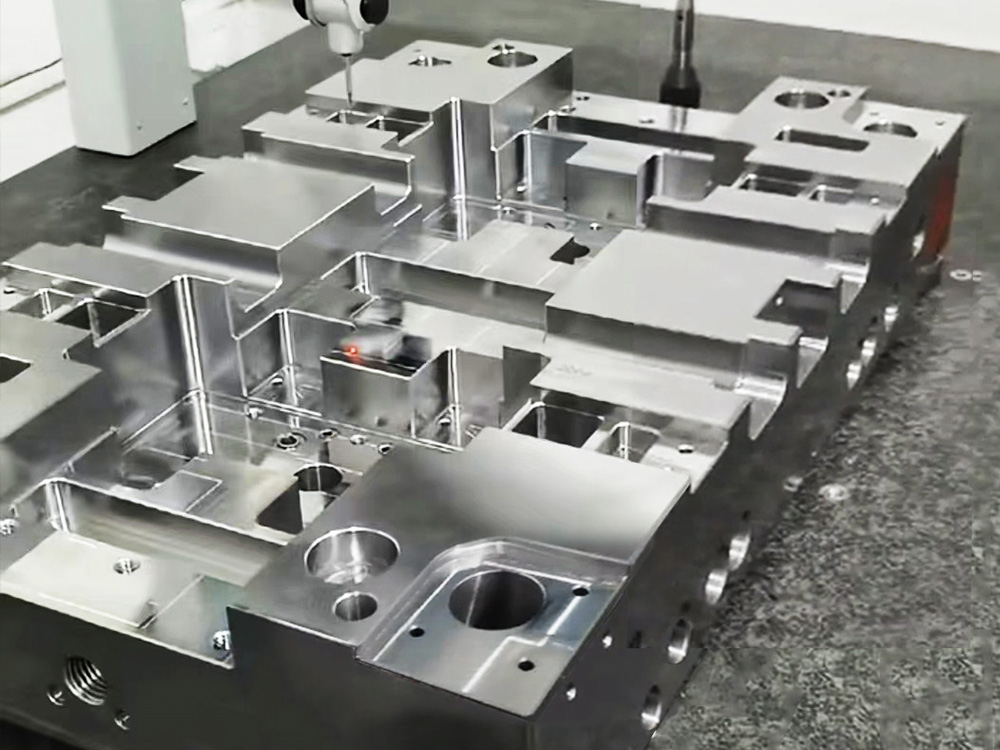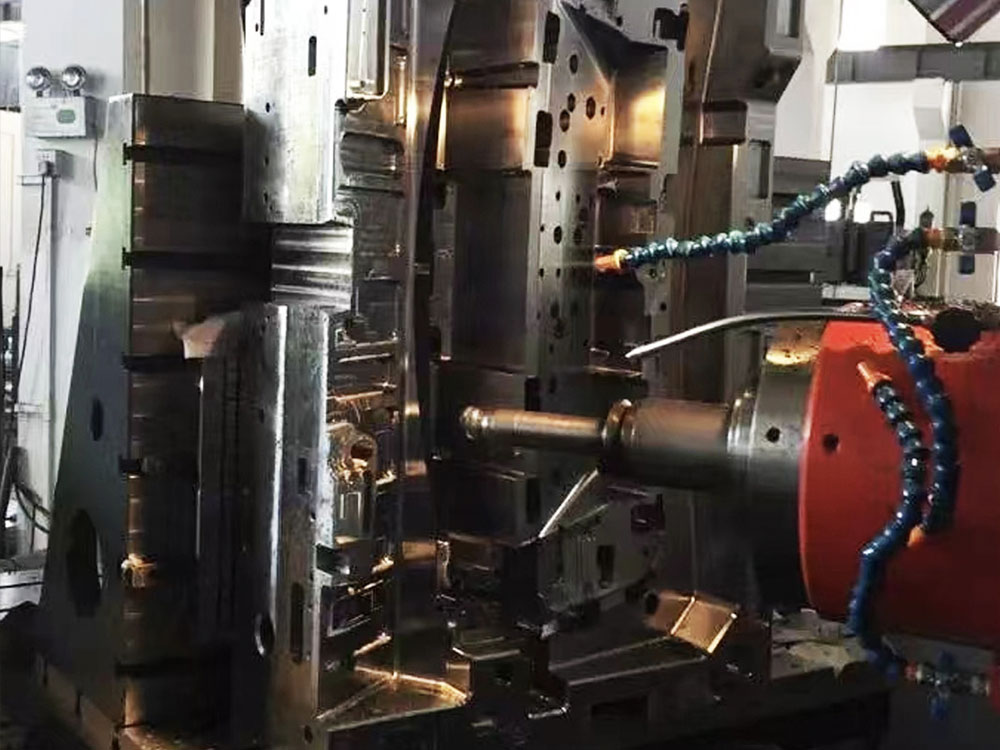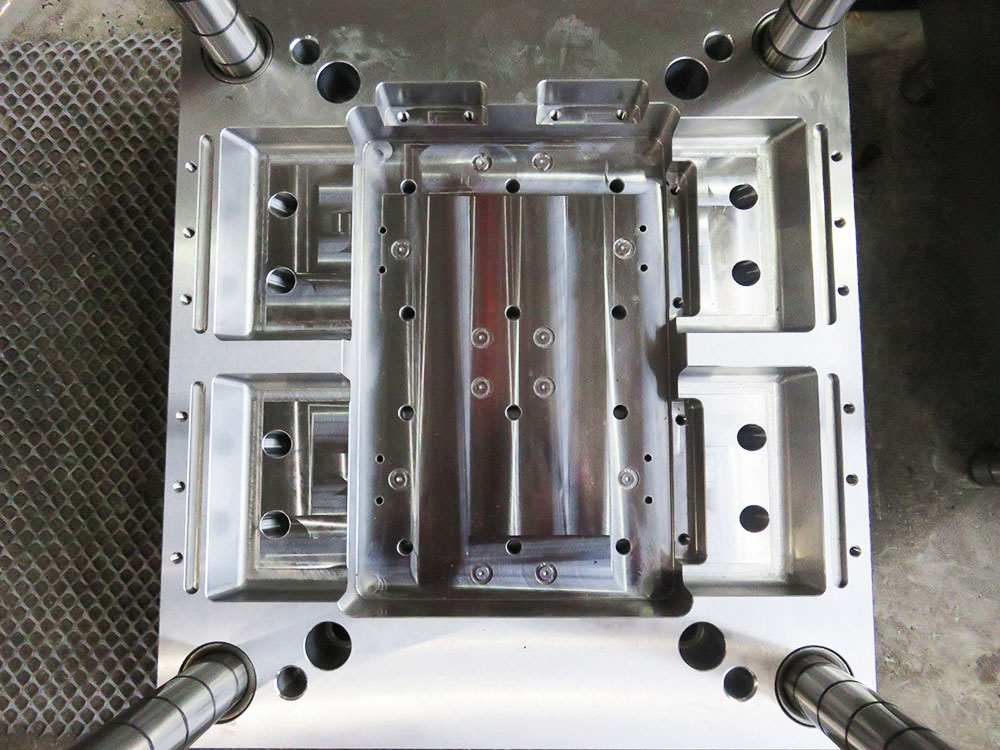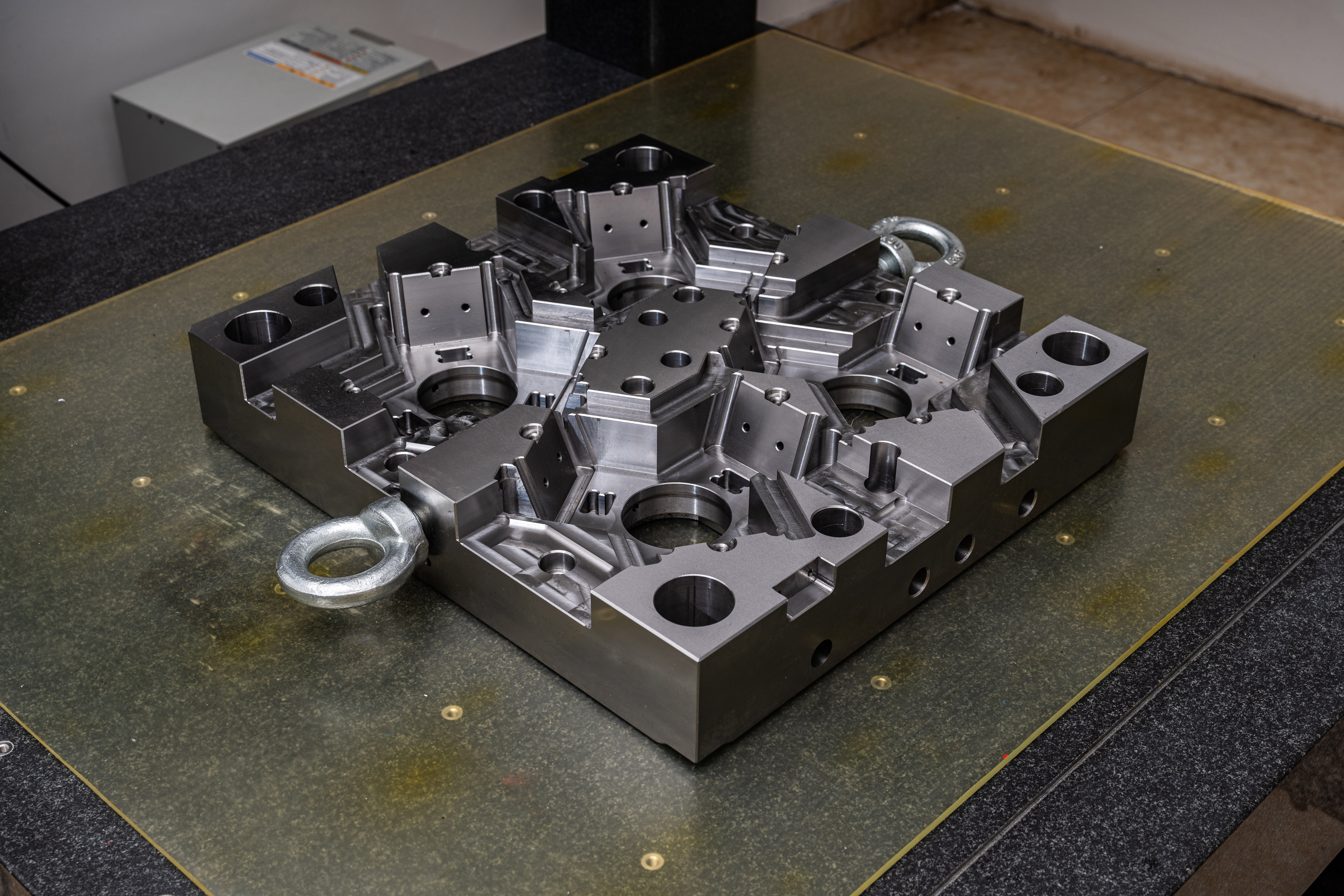The Connection between Bracing and External Frame in the Mold Base Industry
In the mold base industry, the connection between bracing and the external frame plays a crucial role in ensuring the stability and durability of the mold base. This article aims to provide a comprehensive understanding of this connection, focusing on its significance, the factors influencing it, and the best practices in achieving an optimal bracing and external frame connection.
Significance of the Bracing and External Frame Connection
The bracing and external frame connection is vital as it provides strength and rigidity to the mold base, preventing deformation and ensuring dimensional accuracy during the casting process. It also helps in distributing the load uniformly across the mold base, preventing stress concentration that could lead to failure.
Furthermore, a robust bracing and external frame connection enhances the overall performance and lifespan of the mold base. It improves the resistance to vibrations and shocks during the molding process, which in turn reduces the risk of damage to the mold and improves product quality.
Factors Influencing the Bracing and External Frame Connection
Several factors come into play when considering the connection between bracing and the external frame in the mold base:
1. Material Selection: The type of materials used for both the bracing and external frame impacts the strength and compatibility of the connection. It is crucial to select materials with comparable mechanical properties to ensure a seamless connection.
2. Design Considerations: The overall design of the mold base, including the shape, dimensions, and placement of the bracing elements, influences the connection. A well-designed mold base considers factors such as load distribution, ease of assembly, and accessibility for maintenance.
3. Fastening Methods: The choice of fastening methods, such as bolting or welding, affects the connection strength. Factors like load-bearing capacity, disassembly requirements, and the potential need for future modifications should be considered when selecting the appropriate fastening method.
Best Practices for Optimal Bracing and External Frame Connection
To ensure an optimal bracing and external frame connection in the mold base industry, the following best practices should be followed:
1. Proper joint preparation: Before connecting the bracing and external frame, it is essential to ensure that the joint surfaces are clean, free from contaminants, and properly aligned. Any surface imperfections should be smoothened or repaired to minimize stress concentrations.
2. Adequate fastener selection: The fasteners used for the connection should have sufficient tensile strength and corrosion resistance to withstand the operational conditions of the mold base. It is recommended to follow industry standards and guidelines for selecting the appropriate fastener type and size.
3. Accurate torque application: During fastener installation, it is crucial to apply the specified torque accurately. Insufficient torque may result in loose connections, while excessive torque can lead to material failure or deformation. The use of torque wrenches and regular calibration is recommended for precise torque application.
4. Regular maintenance and inspections: To ensure the longevity and performance of the bracing and external frame connection, regular maintenance and inspections are necessary. This includes checking the fasteners for signs of wear or damage, tightening any loose connections, and addressing any issues promptly to prevent further damage.
In Conclusion
The connection between bracing and the external frame in the mold base industry is of utmost importance for achieving a stable and durable mold base. By considering factors such as material selection, design considerations, and proper fastening methods, along with following best practices for connection quality, manufacturers can ensure optimal performance and extended lifespan of the mold base.




